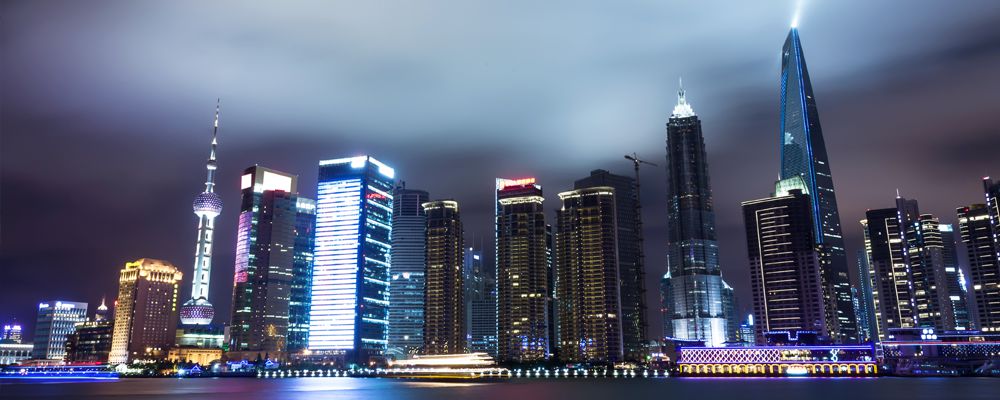We may be nearing the top of China’s late growth cycle
- Monday, May 22, 2017
 The level of currency outflows from China has again become a significant issue. In September, net outflows reached US$55bn while this does not match the outflows we witnessed in January 2016 when the mismanaged shift in exchange rate policy saw US$70bn a month leave China, it is still a concern.
The level of currency outflows from China has again become a significant issue. In September, net outflows reached US$55bn while this does not match the outflows we witnessed in January 2016 when the mismanaged shift in exchange rate policy saw US$70bn a month leave China, it is still a concern.
The recent credit driven expansion has peaked with Beijing seeking once more to control property speculation. The belief that the strong recovery in China will start to run out of stream has prompted this recent capital flight. The levels of money now leaving China gives an indication that capital investors are concerned.
The People Bank of China (PBoC) spent US$27bn defending the renminbi in September but it did not stop a currency exchange slide to 6.91 Yuan per US$, an eight year low.
Deutsche Bank has stated that they anticipate that the renminbi could fall further in value by up to 20% against the US$. A Chinese devaluation of this scale would have a massive impact on the world economy through the export of even cheaper manufactured goods into Europe and the US, creating deflation rather than inflation. While this remains a possibility, the greater likelihood, due to China’s massive foreign currency reserves, is the continuation of a gradual and managed depreciation of the renminbi.
Beijing has burnt through US$800bn of its foreign reserves since 2014 in an attempt to hold up the renminbi. The central authorities are trying to curb excess production across many sectors including steel, ship building, chemicals and solar panels. Concerns still exist that regional communist party bosses with local vested interests are only paying lip service to these cut backs.
Fixed capital investment in China is running at US$5tr a year, as much as in both Europe and North America combined. The recent stimulus from Beijing has seen the economy firing on all cylinders but the world cannot absorb such overproduction without implications elsewhere – such as the dumping of cheap steel on world markets. While Chinese authorities again announced that the economy hit its 6.7% annual targeted growth rate, the more respected proxy growth gauge for China is reading 5.6% pa this year, up from last year’s 4.4%. This growth has not been focused on private companies, but on state owned industries and further property speculation.
Residential mortgages made up 71% of all loans in Q3, an increase of 26% on the previous year while land prices have risen 140% in the major cities. In the past year, house prices in Beijing have risen 28%, they have risen 33% in Shanghai, 37% in Xiamen and 47% in Hefei. China’s real estate market is again heading for a bubble of the state’s making. As they move from boom to probable bust developers could be left with a US$ 1.1tn debt. This is similar in value to the 2007 US subprime market.
The International Monetary Fund (IMF) global stability report has warned that China has a 22% credit excess of GDP and that the number of banks that are exposed to junk credit jumped by 50% in the past twelve months to US$6tn. The wholesale funding market has risen by 30% most of which is overnight lending. This means borrowers have to roll over their lending every day leaving them exposed to a sudden increase in interest payments or a lack of liquidity just as we saw in 2008.
There is a concern that China has over lent to its own state-owned regional banks or state-owned companies and may have to write these debts off. While central authorities easily have the cash to do so, it is not welcome. China is flexible enough to choose when and if to write off debt as it is lent only between state-owned institutions. The PBoC can always create new money to keep the affected banks liquid during what would likely be a prolonged process.
The PBoC is keen to maintain a stable liquidity and credit policy. As long as global financial conditions remain accommodating, any slowdown is likely to avoid a major policy intervention. However, the levels of mortgage and housing market excess will become a problem if not fixed.
We may be nearing the top of China’s latest mini cycle as the majority of the 2016 stimulus is now behind us. We do however expect the authorities to continue with its support for infrastructure investment. China’s growth will probably remain throughout 2017 despite the financial threats.
One great challenge facing China is the lack of a social welfare system. This is exacerbated by wage and urbanisation increases and an aging population due to their one child policy. Due to the vast population, it is estimated that to build a welfare state for the Chinese people would cost and require a 5% GDP growth each year for the next twenty years.

Chris Davies
Chartered Financial AdviserChris is a Chartered Independent Financial Adviser and leads the investment team.
About Estate Capital
Financial Services
Our Contacts
7 Uplands Crescent,
Swansea, South Wales,
SA2 0PA.
Tel: 01792 477763
